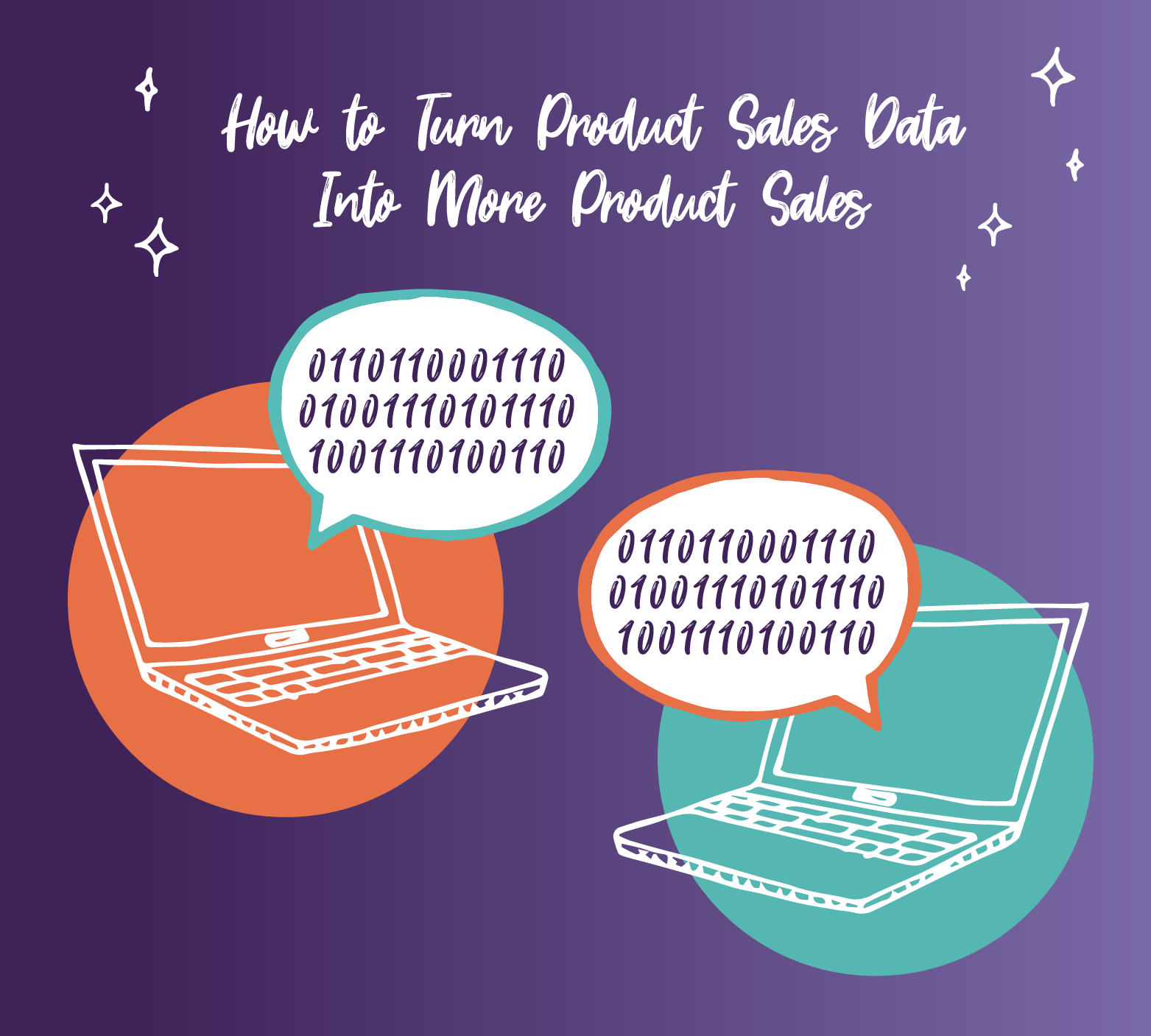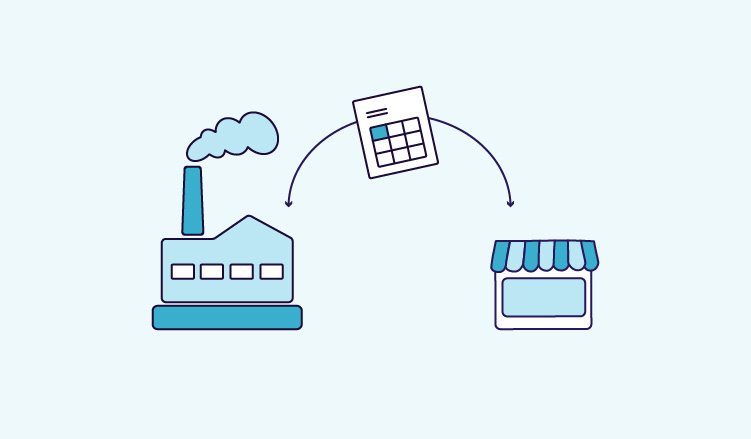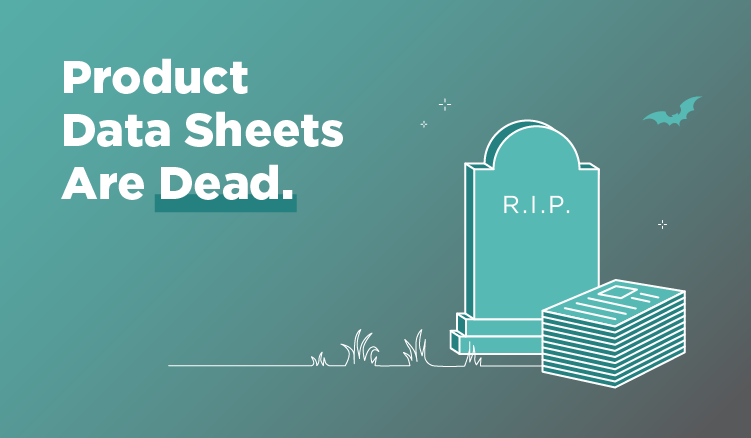Since the earliest days of the digital age, ecommerce brands and retailers alike have been harnessing data to increase their sales and boost their bottom lines.
Data analytics has exploded at the same rate as other digital technologies, and now, it’s an integral part of the strategy brands and retailers create to help boost their ecommerce conversions. In fact, ecommerce players who don’t harness the power of analytics are at serious risk of being left in the dust by their competition.
But many brands and retailers are missing out on one of the biggest opportunities product performance data can offer them.
Manufacturers use data. Brands use data. Retailers use data. And all too often, at all those points in a product’s journey from creation to retail sale, the data stays siloed. In other words, brands and retailers don’t share their individual data with one another.
No one piece of the puzzle — the manufacturer, the brand, or the retailer — has a complete picture of all the data that can be used to analyze a product’s performance — and improve upon it. That’s why data sharing is an increasingly important part of ecommerce.
So, what’s stopping retailers and brands from exchanging data? Let’s explore why, and some of the many reasons they should start. Then we’ll introduce the one tool ecommerce brands and retailers need to share data freely in a way that’s safe, secure, and simple.
Why Don’t Retailers and Brands Share Product Data?
Some brands and retailers are already experts in data transparency, meaning they freely share all the data they collect on shared products so they can work together toward their common goal: Making more sales.
Our analysis found that about 50 percent of brands and retailers already share data. But that means 50 percent don’t. Here are some of the common reasons why ecommerce sellers aren’t taking advantage of this opportunity.
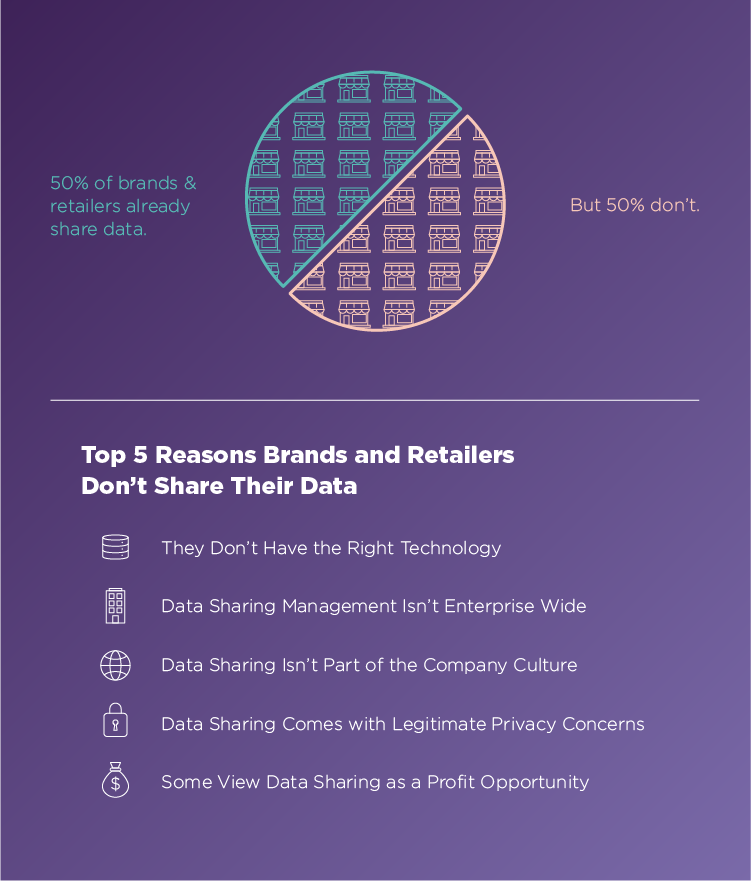
They Don’t Have the Right Technology
One of the most common barriers for both brands and retailers is a lack of adequate technology. Data sharing means being able to safely and securely transfer data between both parties, import it into dashboards that allow both sides to see the same picture, and perform analytics to gain insights that are mutually beneficial for both parties.
But for many ecommerce sellers, data analytics is still a manual process. One study found that 56 percent of retailers still use things like Excel sheets, PDFs, and flat files for data sharing. This makes data sharing a time-consuming and error prone process that puts a huge burden on staff — on both the brand and retail side. In this case, it’s easier just not to bother, so many brands and retailers don’t.
Data Sharing Management Isn’t Enterprise Wide
When larger brands or larger retailers work together, there’s another common problem they might run into: Data sharing isn’t considered an enterprise-wide priority. There’s no one with ownership of managing data sharing. That job is siloed in different departments, and like in a lot of enterprise-size companies, there’s a mentality of “every department for itself.”
This creates a number of problems: Siloes reduce transparency and increase duplication. And not having a single source of truth for data can create questions about its accuracy. It prevents either the brand or the retailer from being confident that they have the full picture.
This is a challenge that’s harder to overcome than many of the others, but still doable. With the right data-sharing tools, it can become much easier for companies of any size — from startups to enterprises — to manage data sharing across departments and the entire organization (but more on that further down).
Data Sharing Isn’t Part of the Company Culture
Yet another extremely common reason there isn’t more data sharing between retailers and brands is that it’s typically not a part of the culture for either to do so.
In the U.S. in particular, there’s a culture in the business world of hoarding your own data and protecting it as if it’s some kind of proprietary trade secret. The really unfortunate thing is that many of today’s brands and retailers uphold that culture of competition more than they value collaboration that could bring them mutual benefits.
Brands and retailers need to shift their thinking on this. Instead of worrying that other businesses are going to gain insights into their strategies and use those to copy them, they need to focus on what’s more likely to help their bottom line: Data transparency that increases sales on both ends.
Data Sharing Comes with Legitimate Privacy Concerns
In order to share data successfully, parties need access to data sources from different points in the supply chain. That leads to a lot of questions: Is this safe? Will this compromise company privacy and security?
The problem is that data sharing, even in the digital age, isn’t as simple as just giving access to raw product data at whatever point it’s collected. That would be a major security liability, particularly for omnichannel brands who have partnerships with many different retailers.
But at its core, this is another technology problem. All brands and retailers need to move past these concerns is the right tool to control how and when their data is shared, and to know that it’s being shared in a safe and secure way.
Some Brand and Retailers View Data Sharing as a Profit Opportunity
And finally, a less common reason but still a major blocker for data transparency in ecommerce: Some brands and retailers treat their data as a revenue stream. Rather than freely sharing it with different members of the supply chain, they offer to sell it.
To move past this, brands and retailers alike need to realize that the profit potential that comes with working collaboratively toward shared sales goals is much greater than that of selling data between one another. Demanding payment from your own partners for data that’s relevant to both of you is short-sighted, and represents a major missed opportunity for collaboration.
Why Brands and Retailers Should Start Sharing Data Right Now
Whether you’re a manufacturer, a wholesaler, a brand, or a retailer, there are so many benefits you could reap by increasing data transparency all along your product supply chain. These are just some of the most immediate benefits.
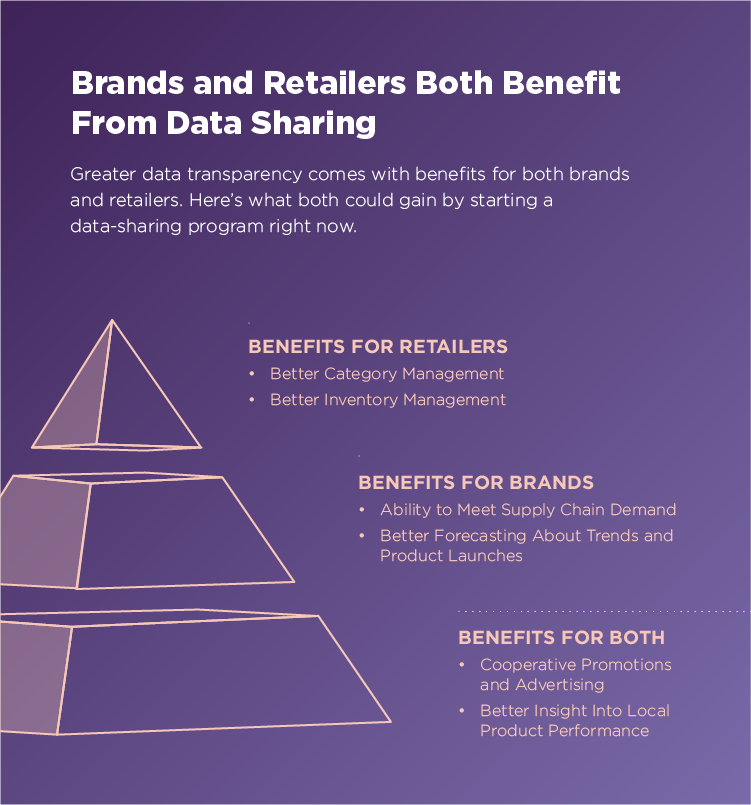
Benefits for Retailers
For retailers, the benefits translate directly into more sales:
- Better category management, which allows the retailers to order the right products from the brand’s catalog or offering to match what their customers want.
- Better inventory management, so sales patterns are tracked on both ends, and the retailer is able to keep enough products in stock to meet customer demand and reduce out-of-stocks that can frustrate customers.
Benefits for Manufacturers and Brands
On the brand side, there are also benefits that can lead to more solid retail partnerships, loyalty, and more orders:
- Ability to better meet supply chain demand, which means keeping up with orders from retail partners to maintain their inventory levels and keep products available to customers.
- Better forecasting, which has two main benefits: The ability to predict trends in the industry, and the ability to estimate the success of a product before its launch.
Benefits for Both Brands and Retailers
And, of course, there are some benefits to data sharing that are net positives for both brands and retailers:
- Cooperative promotions and advertising, because both brands and retailers can contribute their data and inventory management to ensure promotions go off without a hitch.
- Better insight into local performance, like knowing if certain products perform better in some regions than others.
- Better overall customer experience, because brands and retailers are working together, combining all their tools and knowledge, and using that to ultimately benefit customers (as well as themselves).
But How Do You Share Data Safely, Securely, and At Scale?
The answer is Plytix.
You may already know Plytix as a product information management (PIM) software. But in addition to storing product information and assets in a single source of truth, Plytix is packed with powerful product analytics tools that can benefit both brands and retailers.
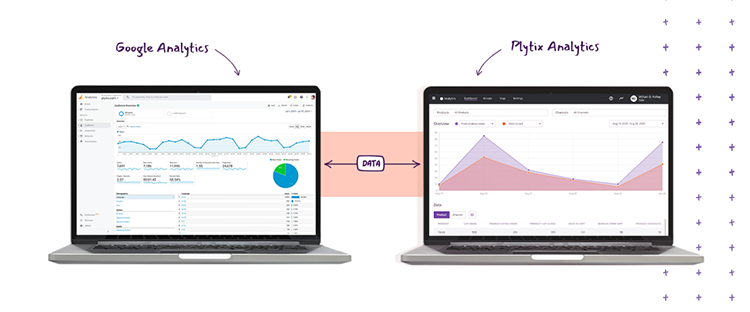
Plytix now has a Google Analytics Advanced Ecommerce integration that can:
- Pull information from Google Analytics into a centralized dashboard;
- Match information with verified GTINs owned by individual brands;
- Instantly share product performance analytics with those brands about the GTINs they own.
All it takes is a few clicks — there’s no coding required, and you don’t have to create any custom reports per brand or supplier. The raw product data is quickly and securely shared with everyone in the supply chain relevant to that product, allowing anyone with access to analyze that data as they please, create custom data segmentations, consolidate multi-channel data by pulling in multiple Google Analytics properties, and compare in-chart metrics — all on top of Plytix’s other features as a stacked piece of PIM software.
In other words, you’re just three steps away from having a powerhouse tool that can change the way you manage product information and start you on a path to data transparency with your entire supply chain.
Ready to see for yourself? Sign up for an account today!
Frequently Asked Questions
The challenges include:
-
Lack of Technology: Many companies don't have the right tools to share data efficiently, still relying on manual methods like spreadsheets, which are time-consuming and error-prone.
-
Organizational Hurdles: Data sharing isn't always a priority at every level of an organization, leading to departments working in isolation rather than together.
-
Cultural Resistance: Some companies guard their data fiercely, viewing it as a trade secret rather than a resource that, when shared, could benefit all.
-
Privacy Concerns: There's a fear that sharing data might expose sensitive company information, leading to security risks.
-
Profit-Centric Viewpoint: Some businesses see data as an asset they can sell, which goes against the idea of free sharing for collective growth.


